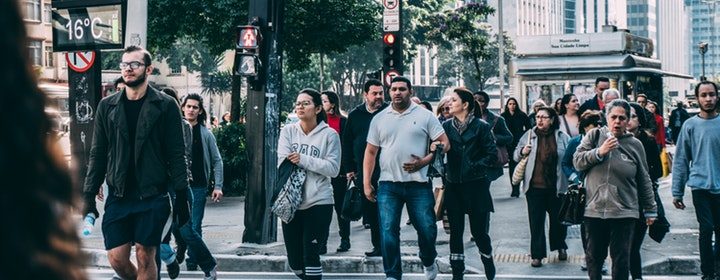Pedestrian deaths remain a huge concern for authorities in South Africa, as approximately 35-40% of road fatalities are those of pedestrians, and the AA believe that pedestrians remain the most vulnerable of all road users. Unfortunately, many citizens aren’t always clear about when they have legal and safe right of way as a pedestrian, as many road rules aren’t strictly followed or enforced across the country.
However, compliance with laws is critical to ensuring personal safety and justice for all road users; and if you are ever injured in an accident, you may need to show evidence that you were adhering to the rules of the road for pedestrians. Just as drivers are required to abide by specific laws, pedestrians also have a duty to follow the rules, as those on foot don’t automatically have right of way in this country.
The AA highlighted in an article published on BusinessTech that “too often motorists are driving recklessly or not obeying the rules of the road. Similarly, pedestrians are not protecting themselves by being more visible to cars, or are taking chances crossing over roads where they shouldn’t. More effort is needed by both groups of road users, and more effort is needed by organisations involved in road safety to make safety a priority.”
South African law states that no pedestrian should walk on the road where there is a pavement available. And if there is no pavement, then it’s important to walk as closely as possible to the edge of the road, while facing the direction of oncoming traffic.
Freeways are prohibited to pedestrians and cyclists, and those found to be walking along or across freeways can even be arrested. Any reckless action by a pedestrian along a roadway is considered a crime, so jaywalking is forbidden and you can even be fined for walking while intoxicated. Pedestrians are required to observe all traffic lights and traffic control signals, and they should make use of pedestrian bridges where they are available — even if it means walking further.
In South Africa, a pedestrian should only cross a public road at a pedestrian crossing or an intersection. The driver of a vehicle should then yield the right of way but, even though this is the case, a pedestrian should never run into the path of a vehicle that is so close that it can’t slow down or stop in time.
Even though zebra crossings are intended to be safe pedestrian zones, it’s important to always pay close attention to the traffic and not simply assume it’s safe to cross. Look both ways, only cross when traffic is clear or when the green light flashes if there is one, and don’t linger unnecessarily on the crossing. It is vital that you never conduct yourself in any manner that could constitute as a source of danger to yourself or other road users.
When it concerns compensation after an accident, the law can only work in your favour if the driver was truly at fault. If you are involved in an accident as a pedestrian, contact your personal injury lawyer straight away to find out if you are entitled to what is commonly referred to as compensatory damages. This includes property damage, as well as bodily injury, which can include all medical costs, lost wages, loss of earning capacity, and physical, mental and emotional suffering.
Abide by the rules of the road, know your rights and contact your personal injury lawyer at Henry Shields Attorneys if you are ever injured due to a driver’s misconduct or negligence.

